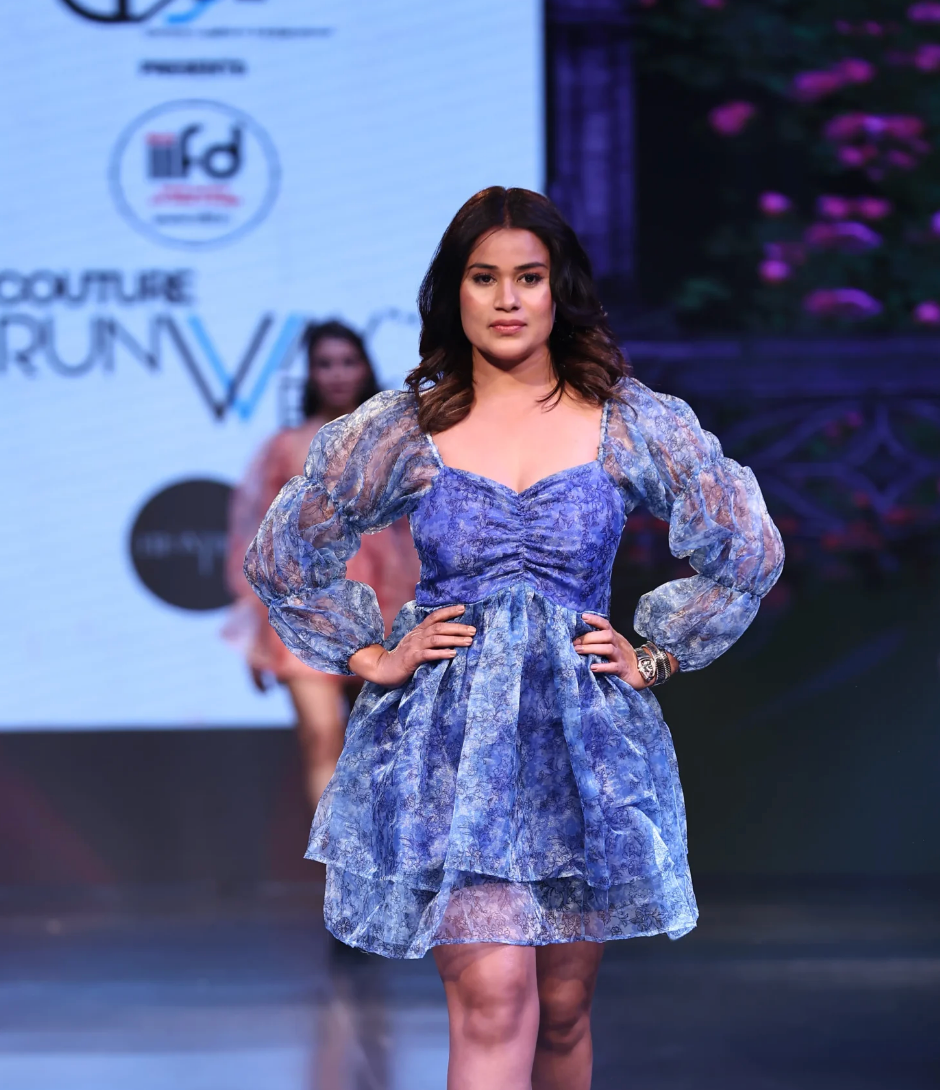Clothing doesn’t only mean following the latest trends. Levi’s continues to be relevant, beginning with frontier days and reaching modern runway events. In this piece we will look at how western styles have transformed and continue to have a powerful effect on fashion.
Applying both function and beauty on the Frontier
Back in the American West, western pioneers, cowboys and ranchers made sure their clothes were practical before looks. Men would put on denim jeans, furry brimmed hats and leather boots not just for their looks. They played a key role for people who lived on the tough frontier.
Characteristics of Cowboy Fashion
Cowboys were important figures in the American West and their iconic clothing became known as well. Heels and pointed toes in cowboy boots helped them become popular for stylish riders because they served a purpose riding horses and added an interesting look. Cowboy hats were typically trimmed with leather around the edge which made them stylish and added class without actually protecting the head from the sun’s rays.
Denim started off with the intention of being strong and over time it came to mean rebellion for millions. To this day, jeans worn with chambray or plaid shirts have been a classic way cowboys are remembered. Bandanas were tied around the neck or face to block dust and also showed how an individual wanted to stand out.
Fashion during the mid 20th century was influenced by Hollywood. Cowboys and cowgirls were often shown in films and series looking glamorous which made their outfits feel like part of a legend. This caused Americans to look at clothing as a symbol of their willpower and endurance.
Cool icons like John Wayne and Marilyn Monroe started a trend by wearing cowboy boots and jackets with fringe which led many to want them. Designers were inspired by what Hollywood shows, as these influences started becoming part of the fashion industry.
For many years, dresses have been an important piece in fashion for people from all cultures.
Bohemian Revival: Wearing Western-style Clothes in the Counterculture Movement
In the 1960s and 1970s, many people turned to counterculture to show their individuality and not follow the rules expected by society. Renewal of the movement included new attitudes toward fashion.
The cowboy look became popular again with freedom and rebellious symbols, like cowboy boots, fringed vests and hat brims.
Bob Dylan and Crosby, Stills, Nash & Young were famous for dressing in outfits with a rock ‘n’ roll spin. The fashion industry became interested in this and as a result, Western-influenced outfits became popular for those who wanted to show an unusual style.
In its later years, Western fashion started to play a bigger role in the world of fashion. Designers began to work new styles of cowboy boots, use fringe and work with denim in their collections. On the runway, models clearly displayed outfits that showed these famous garments could change and adapt to new ideas.
Ralph Lauren took part in making Western fashion a key element in high end fashion. Polo Ralph Lauren’s brand adopted a Western look that many people admired. Because of this, the fashion industry started to realize how much people like timeless designs. Became important figures in the world of fashion.
Contemporary Interpretations: Western Wear in the 21st Century
In this century, new forms of Western wear appear, bringing together fashion trends and its history.
Over time, fashion inspired by the West has progressed and modern designers and fashion lovers have embraced a blend of fashion trends. Many people who live in cities around the US wear cowboy boots which were once only seen in the country. Fringe, denim and plaid are now popular everywhere in the world. Can now be used anywhere online.
Creative designers add these elements to their collections to challenge what traditional fashion means. Both big name fashion houses and indie labels use Western styles as a way to bring together simplicity and modern class in their designs.
The fashion industry is also prioritizing sustainability and sustainable fashion practices in what people wear. The. The enduring nature of Western clothing fits well with slow fashion which emphasizes quality over larger collections. People choose vintage and second hand Western clothing to make more thoughtful fashion decisions.
Conclusion
How dress moved from being used in frontier life to becoming a star on high fashion runways tells of its appeal and ability to change.
Clothing which was centered on pioneers and cowboys in the beginning, is now known for showcasing a person’s unique style and serves as inspiration to global designers. Western fashion keeps fascinating people because it showcases its long-lasting style inspired by the West’s beautiful nature and design. By constantly changing, Western fashion shows its long history in the global world of fashion.



